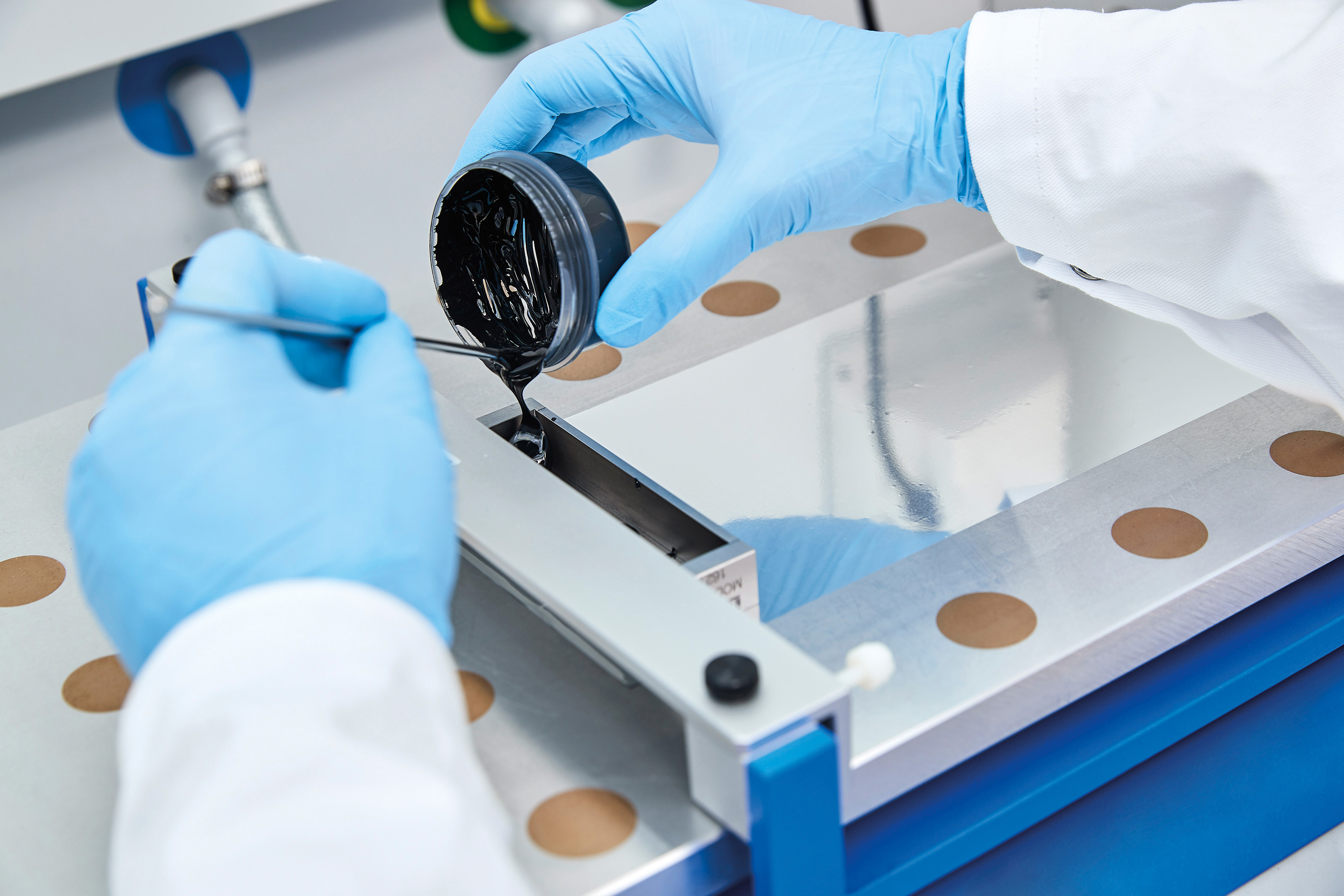
More than half of the world’s cobalt comes from the Democratic Republic of the Congo (DRC). A 2017 USGS report described the DRC as a risky place for doing business and possessing a substantial risk of civil war. Cobalt ore from the DRC is typically shipped to China for processing to meet the growing demand for the material in the cathodes of lithium ion batteries, locking in a near-monopoly on these vital materials.
Now, chemical giant BASF has selected Harjavalta, Finland as its first production location to supply battery materials to the European automotive market. The plant will be constructed adjacent to the nickel and cobalt refinery owned by Norilsk Nickel (Nornickel). It will not only mine and process cobalt, but also develop nickel and cobalt containing cathodes for the expanding European electric vehicle (EV) market.
Access to European Markets
“The co-location of BASF’s new plant and Nornickel’s metal refinery in Harjavalta will enable unparalleled access to a local nickel and cobalt supply,” said Jeffrey Lou, senior vice president, battery materials at BASF, in a company press release. “Our high-nickel cathode materials are key to delivering enhanced energy density and vehicle range to our customers. With this world-scale production facility, BASF will be able to serve the European e-mobility growth strategies of key OEMs and cell suppliers with reliable supply and close collaboration.”
The investment is part of a BASF €400 million ($462 million USD) plan that was announced last year. It builds upon the initial battery-grade cobalt production that started in Harjavalta in 2018. Currently, about 3% of the world’s cobalt production comes from Finland. Start-up for the new plant is planned for late 2020 and will enable the supply of 300,000 battery-electric vehicles per year. The BASF plant in Harjavalta also will use locally generated renewable energy sources, such as hydroelectric, wind, and biomass, addressing recent reports that present-day lithium ion battery production plants are fossil-fuel intensive.
The Role of Cobalt
Traditionally, cobalt has been used in electronics and in the superalloys used in jet turbines. Its use in the cathodes of lithium ion batteries has been growing steadily and today, roughly half of the cobalt produced worldwide is used in batteries. The battery demand for cobalt is expected to grow dramatically in the coming years as more electric vehicles and grid storage battery systems come online.
In a lithium ion battery, the cathode electrode stores the lithium ions through electrochemical intercalation—a process by which the lithium ions are inserted into or removed from lattice sites within the cathode material structure. The role of the transition metal element in the cathode is to compensate for the charge when the lithium ion arrives or departs. Compounds chosen for cathodes are commonly oxides made from transition metals, such as nickel, cobalt, copper, iron, chromium, zinc, or manganese, which have the ability to change valence to maintain neutrality.
The addition of cobalt enhances the structure so that it can withstand about 60% of the lithium to be removed before the structure begins to change over long periods of time. This allows the battery to behave in a predictable manner. Small amounts of cobalt in the material help the rate performance—the rate at which power is delivered. Electric vehicles need to have batteries that accept lithium ions at a high rate during charging and deliver lithium ions at a high rate during discharge. Although there is significant effort underway to eliminate cobalt from lithium ion cathodes, it appears that about 10% cobalt appears to be necessary to enhance the rate properties of the battery.
Directly from the Mine
Most EV batteries are sourced from Chinese and Korean suppliers. One objective of the new partnership in Finland is turning raw materials from the mine directly into usable battery cathode materials. These can be shipped to a local battery cell manufacturer at a lower cost than they might be sourced from remote overseas suppliers. “With the investment in Harjavalta, BASF will be present in all major regions with local production and increased customer proximity, further supporting the rapidly growing electric vehicle market,” said the president of BASF’s Catalysts division, Kenneth Lane, in a BASF press release. The company said that it is also evaluating additional locations in Europe for the construction of new production plants for battery materials.
